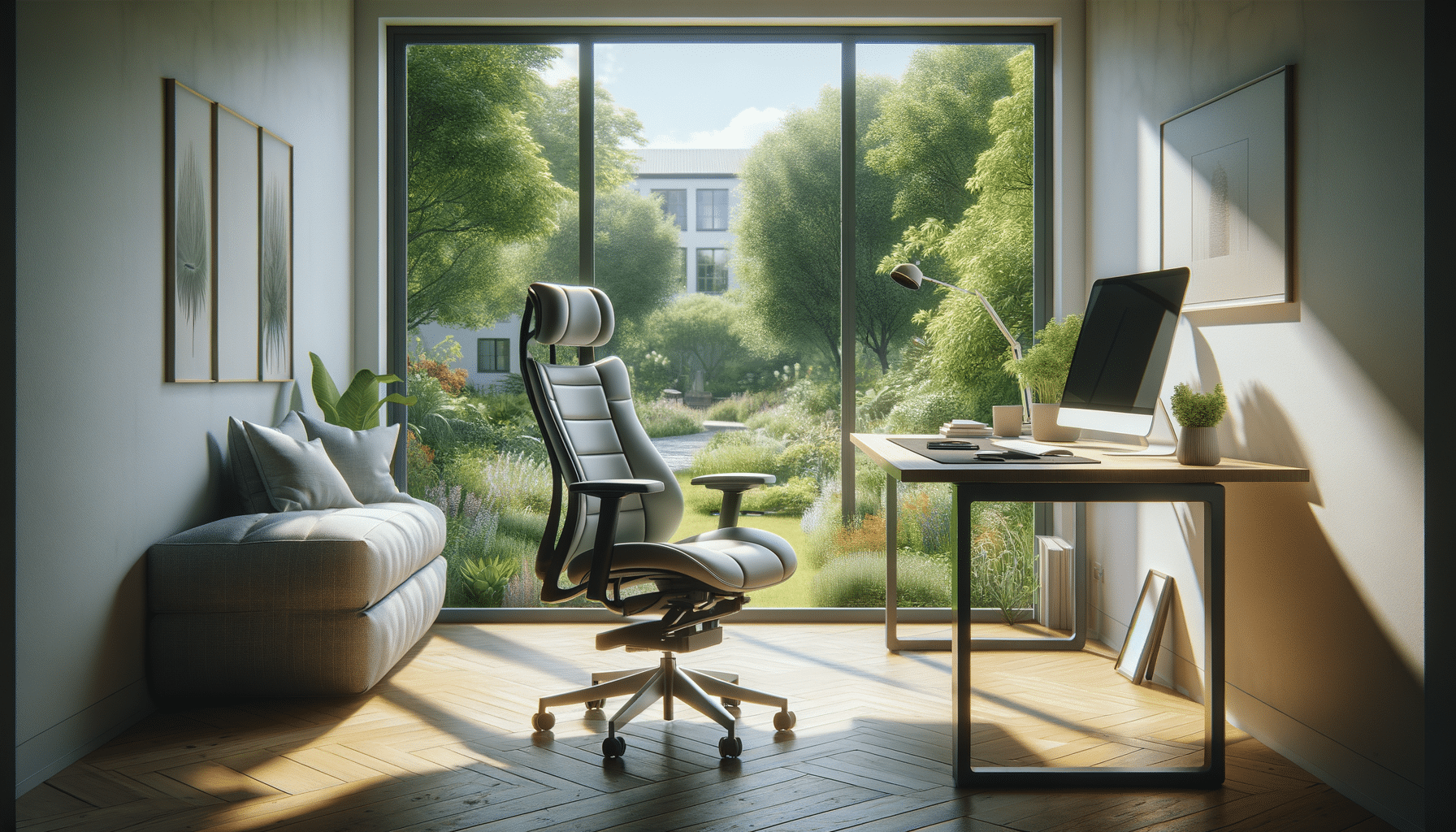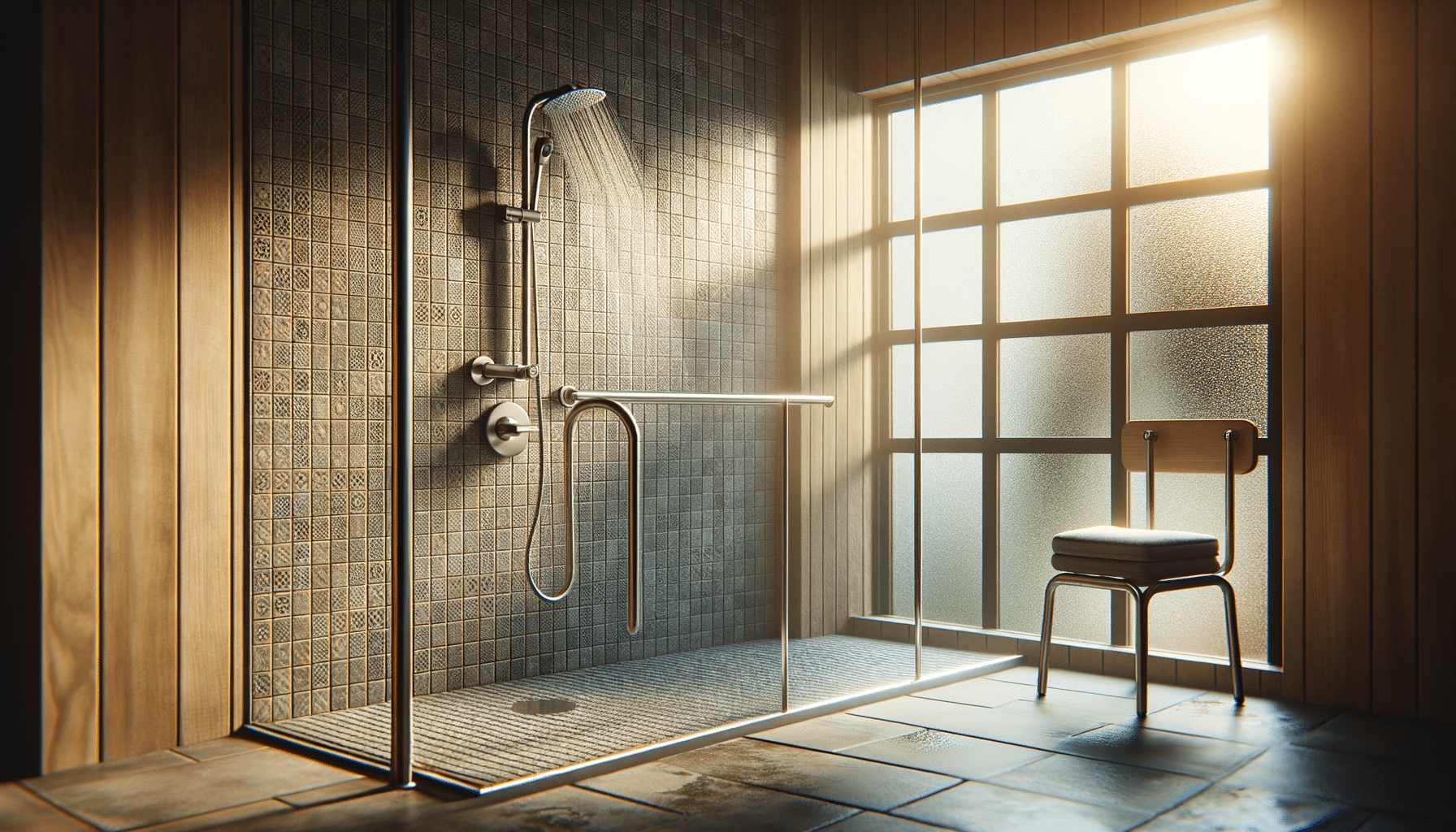
Relief Without Pills: How Movement and Ergonomics Ease Back Pain
Introduction to Lower Back Pain Relief
Lower back pain is a common ailment that affects millions worldwide. While injuries and medical conditions can cause discomfort, daily habits often exacerbate the problem. This article explores how small adjustments in posture and ergonomics can significantly reduce lower back stress, offering relief without relying solely on medication or costly treatments. Understanding the science behind these methods can empower individuals to make informed decisions about their health and well-being.
Understanding the Impact of Posture
Posture plays a crucial role in maintaining spinal health. Poor posture can lead to chronic lower back stress, as it places undue pressure on the spine and surrounding muscles. Simple adjustments, such as sitting up straight and aligning the ears with the shoulders, can significantly reduce this strain. Incorporating regular breaks to stand and stretch can also alleviate tension. By being mindful of posture, individuals can prevent unnecessary stress on their lower back.
- Maintain a neutral spine position.
- Use a chair that supports the natural curve of the spine.
- Position computer screens at eye level to avoid hunching.
These adjustments, though small, contribute to long-term relief and prevention of chronic pain. By integrating these habits into daily routines, individuals can support their spinal health and reduce the risk of developing severe lower back issues.
The Science of Ergonomics
Ergonomics is the study of designing workspaces and tools that fit the user’s needs, promoting efficiency and reducing discomfort. In the context of lower back pain, ergonomic solutions can make a significant difference. Ergonomic chairs, desks, and computer setups are designed to support the body’s natural posture, decreasing the likelihood of strain.
Research indicates that ergonomic interventions can lead to a reduction in musculoskeletal pain, including lower back discomfort. By investing in ergonomic solutions, workplaces can enhance employee well-being and productivity. For individuals working from home, setting up an ergonomic workspace can prevent the development of chronic pain conditions.
- Adjust chair height so feet rest flat on the floor.
- Ensure armrests support the arms comfortably.
- Use a footrest if necessary to maintain proper leg positioning.
Ergonomics is a practical approach to mitigating lower back pain and fostering a healthier work environment.
The Role of Physical Therapy
Physical therapy is a valuable tool in the management and prevention of lower back pain. Therapists employ various techniques to strengthen the muscles supporting the spine, improve flexibility, and enhance overall function. Through targeted exercises and manual therapy, physical therapists help patients achieve pain relief and prevent future episodes.
Studies have shown that physical therapy can be as effective as surgery for certain types of lower back pain. Patients who engage in regular physical therapy often report reduced pain levels and improved mobility. By focusing on strengthening the core and back muscles, individuals can build a supportive framework for the spine, reducing the risk of injury.
- Core strengthening exercises to support the spine.
- Stretching routines to enhance flexibility.
- Manual therapy techniques to alleviate muscle tension.
Physical therapy offers a non-invasive, effective approach to managing lower back pain, emphasizing the importance of movement and strength.
Conclusion: Embracing a Holistic Approach
Lower back pain relief is achievable through a combination of posture adjustments, ergonomic improvements, and physical therapy. By understanding the science behind these methods, individuals can take proactive steps to prevent and alleviate discomfort. Embracing a holistic approach not only reduces pain but also enhances overall quality of life. The journey to a pain-free back involves commitment to daily habits that support spine health and well-being.
Incorporating these strategies into everyday life can lead to significant improvements in comfort and mobility, empowering individuals to live more active and fulfilling lives.


